The Tibetan Book of the Dead, or Bardo Thodol ("The Great Liberation upon Hearing in the Intermediate State") is traditionally believed to be the work of the legendary Padma Sambhava in the 8th century ACE.
The book acts as a guide for the dying during the state that intervenes death and the next rebirth.
[NOTE: Rebirth is instantaneous and without intermission. But the post-human rebirth as a subtle body being is here being mistaken for an "immortal soul" that survives death. In this simplified view, the radically impermanent and impersonal "person" (gandhabba, Five Aggregate combination) is judged. That is, some karma conditions the rebirth-linking consciousness. One then "enters" another relatively long-term existence in one of the six realms of the Sensual Sphere described by Mahayana as if that sphere were an exhaustive description of Buddhist cosmology's Three Spheres and 31 Planes of Existence.]
[NOTE: Rebirth is instantaneous and without intermission. But the post-human rebirth as a subtle body being is here being mistaken for an "immortal soul" that survives death. In this simplified view, the radically impermanent and impersonal "person" (gandhabba, Five Aggregate combination) is judged. That is, some karma conditions the rebirth-linking consciousness. One then "enters" another relatively long-term existence in one of the six realms of the Sensual Sphere described by Mahayana as if that sphere were an exhaustive description of Buddhist cosmology's Three Spheres and 31 Planes of Existence.]

Padma Sambhava is considered to be one of the first persons to bring Buddhism to Tibet. The Bardo Thodol is a guide that is read aloud to the dead while they are in the state between death and rebirth in order for them to recognize the nature of their mind and attain liberation from the cycle of rebirth.
 The Bardo Thodol teaches that once awareness is freed from the body, it creates its own reality as one would experience in a dream. This dream occurs in various phases (bardos) in ways both wonderful and terrifying.
The Bardo Thodol teaches that once awareness is freed from the body, it creates its own reality as one would experience in a dream. This dream occurs in various phases (bardos) in ways both wonderful and terrifying.Overwhelmingly peaceful and wrathful visions and deities [spirits with the power of transformation] appear. Since the deceased’s awareness is in confusion of no longer being connected to its former gross physical body, it needs help and guidance in order that enlightenment and liberation may occur.
The Bardo Thodol teaches how we can attain nirvana by recognizing the heavenly realms [lower deva realms of the Sensual Sphere] instead of entering into the lower realms where the cycle of birth and rebirth continue.
The following is a description of the bardo realms that one travels through [or envisions traveling through] after death.
The First Bardo
The first bardo comes at the very moment of death, when there dawns the Clear Light of the Ultimate Reality [as conceived of in Brahmanism and Hinduism and apparently borrowed into this shamanistic description]. This is the very content and substance of the state of liberation, if only the "soul" [ego, personality, stream-of-conscious clung to as an identity or persisting "self"] can recognize it and act in a way to remain in that state.
The instructions intended to be read at the moment of the person’s death are designed to help the person do this. One is told, first of all, to embrace this supreme experience not in a selfish and egoistic way but rather with love and compassion for all sentient beings. This will aid in the second step, which is to realize that mind and self is identical with the Clear Light, implying that one IS the Ultimate Reality [Brahman], "the All-good Buddha," transcending time, eternity, and all creation.
 If one can recognize this while in this supreme state at the moment of death, one will attain liberation -- that is, one will remain in the Clear Light forever. [It is amazing that all of this Brahmanistic teaching went unquestioned by Mahayana Buddhists.] This condition is called the "Dharmakaya" [Dharma-body], the highest spiritual body of the Buddha.
If one can recognize this while in this supreme state at the moment of death, one will attain liberation -- that is, one will remain in the Clear Light forever. [It is amazing that all of this Brahmanistic teaching went unquestioned by Mahayana Buddhists.] This condition is called the "Dharmakaya" [Dharma-body], the highest spiritual body of the Buddha.Most "souls," however, will fail to do this. They will be pulled down by the weight of their karma into the second stage of the first bardo, called the Secondary Clear Light seen immediately after death. At this point, there are separate instructions to be read according to the spiritual condition of the person while in life.
For an individual advanced in meditation and other spiritual practices, there is repeated over and over the same instructions as at the moment of death, enjoining one to recognize oneself as the Dharmakaya. For a person who was still at a student-level on the spiritual path, there is the injunction to meditate on one's "tutelary deity," that is, the particular [manifestation of] god for whom one performed devotional practices while alive.
Finally, "if the deceased be of the common folk," unpracticed in any spiritual disciplines, the instruction is to "meditate upon the Great Compassionate Lord," which is to say an "avatar" [incarnation of God] worshiped by the multitude, equivalent to Jesus [St. Issa] as conceived of by the average Christian.
The Second Bardo
 If the "soul" is still not "liberated" [if one imagines that the Buddha taught nothing higher than Vedic Brahmanism] at this stage, it will descend into the second bardo, which is said to last for two weeks.
If the "soul" is still not "liberated" [if one imagines that the Buddha taught nothing higher than Vedic Brahmanism] at this stage, it will descend into the second bardo, which is said to last for two weeks.The second bardo is also divided into two parts. In the first, the "soul" of the deceased encounters what are referred to as "the Peaceful Deities." On each of the seven days, a particular Buddha-being will appear in radiance and glory, with a bevy of angelic attendants. [These descriptions do not stray very far from Hinduism.]
At the same time, on each day in turn there will shine a light from one of the six worlds of the [Sensual Sphere in the] Buddhist universe, called lokas (basically meaning "place" since our English words "location" and "locale" are derived from the same Sanskrit root).
 On the first day of the second bardo, there appears to the "soul" the divine Father-Mother -- that is, the supreme deity of the universe, transcending all dualities, including the division into sexes. [This is what the Buddha, speaking to brahmins, would refer to as Brahma or Maha Brahma, any of the divinities superior to the Sensual Sphere devas ("shining ones").
On the first day of the second bardo, there appears to the "soul" the divine Father-Mother -- that is, the supreme deity of the universe, transcending all dualities, including the division into sexes. [This is what the Buddha, speaking to brahmins, would refer to as Brahma or Maha Brahma, any of the divinities superior to the Sensual Sphere devas ("shining ones").The next step in the destiny of the "soul" is determined by one's reaction to this God. If one's life on Earth was well lived, one will now be in a state [referred to by Hindus, brahmins, or Christians as one] of purity and grace, and one will enter into the joy of the God and attain liberation [moksha to modern Hindus and ancient brahmins].
If on the other hand one has lived an ignoble and impious life, the effects of his bad karma will cause the intense radiant presence of the God to strike fear and terror in one's heart, and one will be drawn instead to the softer light of the Deva-Loka, or [lesser] "Angelic World," which has dawned along with this deity.
This is still a fairly attractive fate, for the Devas are the Gods (or angels), and their lokla is equivalent to the Christian heaven; however, the Buddhist teaching is that even heaven is not the highest spiritual objective, because it is still only a temporary state in the manifest universe.
This is still a fairly attractive fate, for the Devas are the Gods (or angels), and their lokla is equivalent to the Christian heaven; however, the Buddhist teaching is that even heaven is not the highest spiritual objective, because it is still only a temporary state in the manifest universe.
Liberation is believed to be the only final and permanent resting-place for the "soul," an un-manifest state beyond all [31 general planes of] existence.
 On the second day, there appears the second-highest God in the Buddhist pantheon [Buddhist pantheon?] In fact, he is actually the Second Person in the literal Buddhist Holy Trinity [Buddhist Holy Trinity? That is another Vedic Brahminical and later Hindu conception, borrowed by Catholicism].
On the second day, there appears the second-highest God in the Buddhist pantheon [Buddhist pantheon?] In fact, he is actually the Second Person in the literal Buddhist Holy Trinity [Buddhist Holy Trinity? That is another Vedic Brahminical and later Hindu conception, borrowed by Catholicism].At the same time, there dawns a smoky light from hell. And here we note that, just as the Buddhist heaven is not a permanent, eternal state, neither [are] its hell[s].
Even the most wretched "souls" will eventually work their way out of even the deepest pit of hell, just as even the highest and purest "souls" will eventually lose their footing in heaven and descend again into the cycle of death and rebirth.
[Actually these states are well within the cycle and are in no way outside of it unless the Sensual Sphere is regarded as the entire "world."] MORE pre-biblical messianic Judeo-Christian Vedic Brahmanism in the guise of "Buddhism"
[Actually these states are well within the cycle and are in no way outside of it unless the Sensual Sphere is regarded as the entire "world."] MORE pre-biblical messianic Judeo-Christian Vedic Brahmanism in the guise of "Buddhism"

























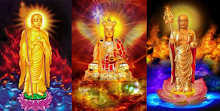



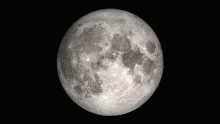















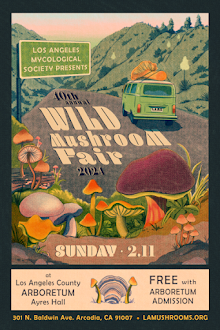

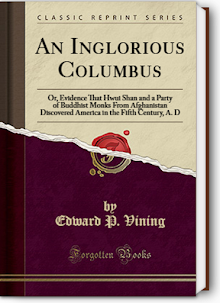


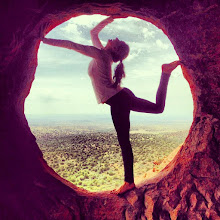
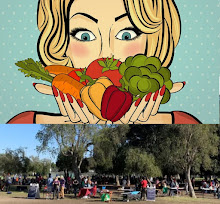
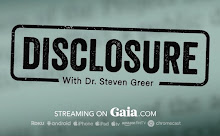

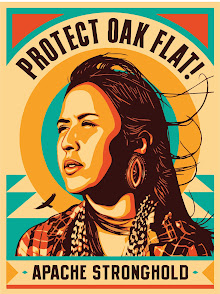






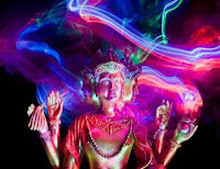


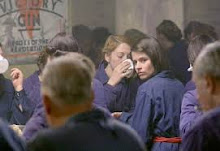






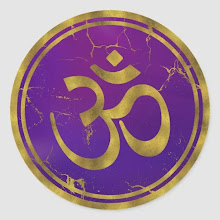
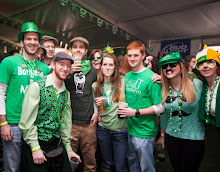




















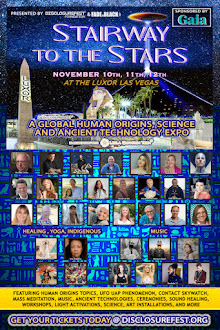









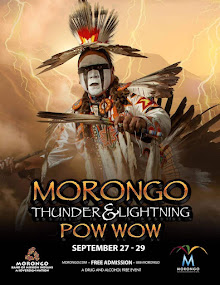
















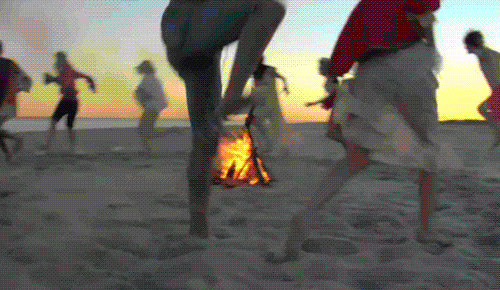





























































































































No comments:
Post a Comment